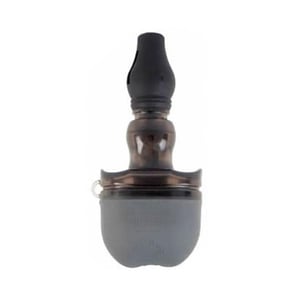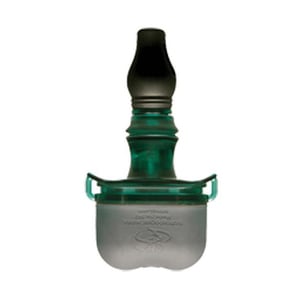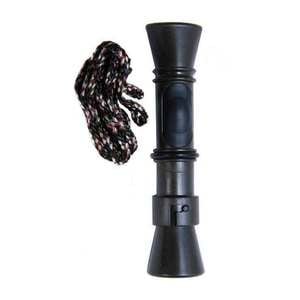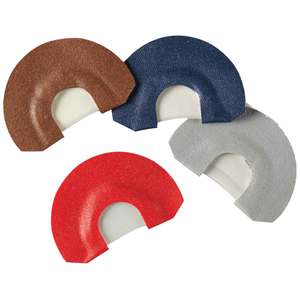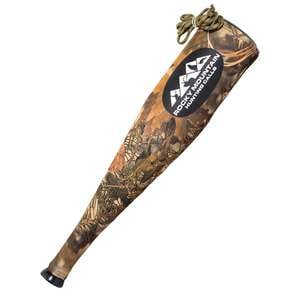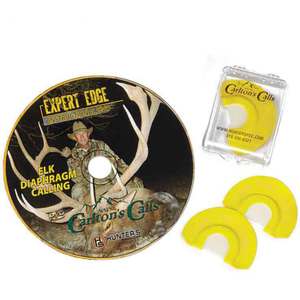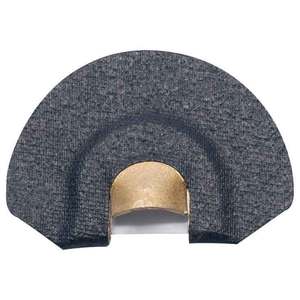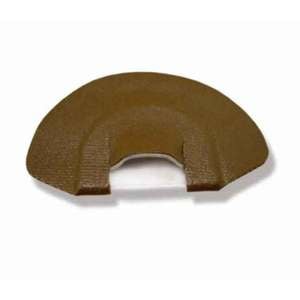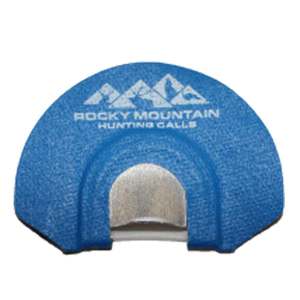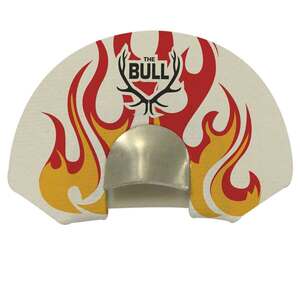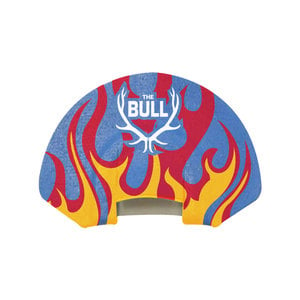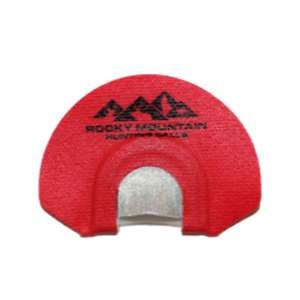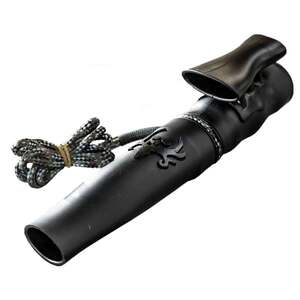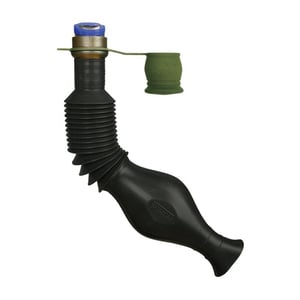Elk calls can greatly improve a hunter’s ability to attract elk. When purchasing an elk call, it’s important to understand the four most popular types and their primary uses.
| Bugle tube | Draw in large bulls |
| Diaphragm | Most versatile range of calls |
| Reed | Bull, cow, or calf |
| Grunt tube | Travel longest distance |
Bugle Tube Calls
An elk bugle call mimics a bull’s call. Real elk use this call to show off, both to cows and to one-up other bulls. Bugles are most useful before sunrise and after sunset in the month of October. Bugle tubes create deep tones with the intention of attracting bulls.
Diaphragm Calls
Diaphragm calls come in a variety of sizes and configurations. Most beginners start with single-latex diaphragm calls. Diaphragm calls take some skill to learn, and fit inside the hunter’s mouth, so it’s important to take some time to learn your call before you’re trekking through the backcountry. Diaphragm calls are popular for their versatility—taking the time to master these can certainly improve an elk hunter’s chances!
Reed Calls
Reed calls can be designed to mimic bulls, cows, and calves. Make sure to purchase the reed call associated with the type of elk you’d like to imitate. If you’re uncomfortable using a diaphragm due to a gag reflex or any other issue, a reed call can be a great alternative.
Grunt Tube Calls
Grunt tubes are all about volume. If you’re focused on calling over a large distance over realism or specificity of the call, the grunt tube is the way to go.


 Pick Up in Store
Pick Up in Store